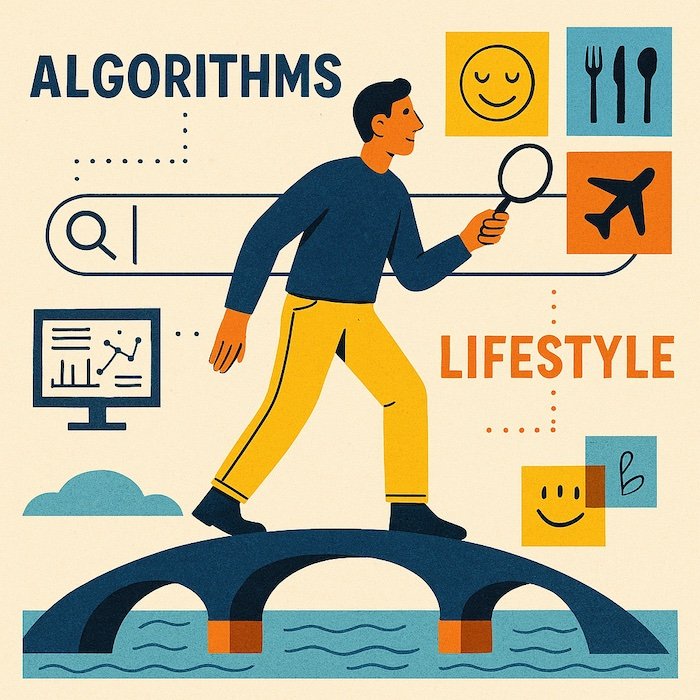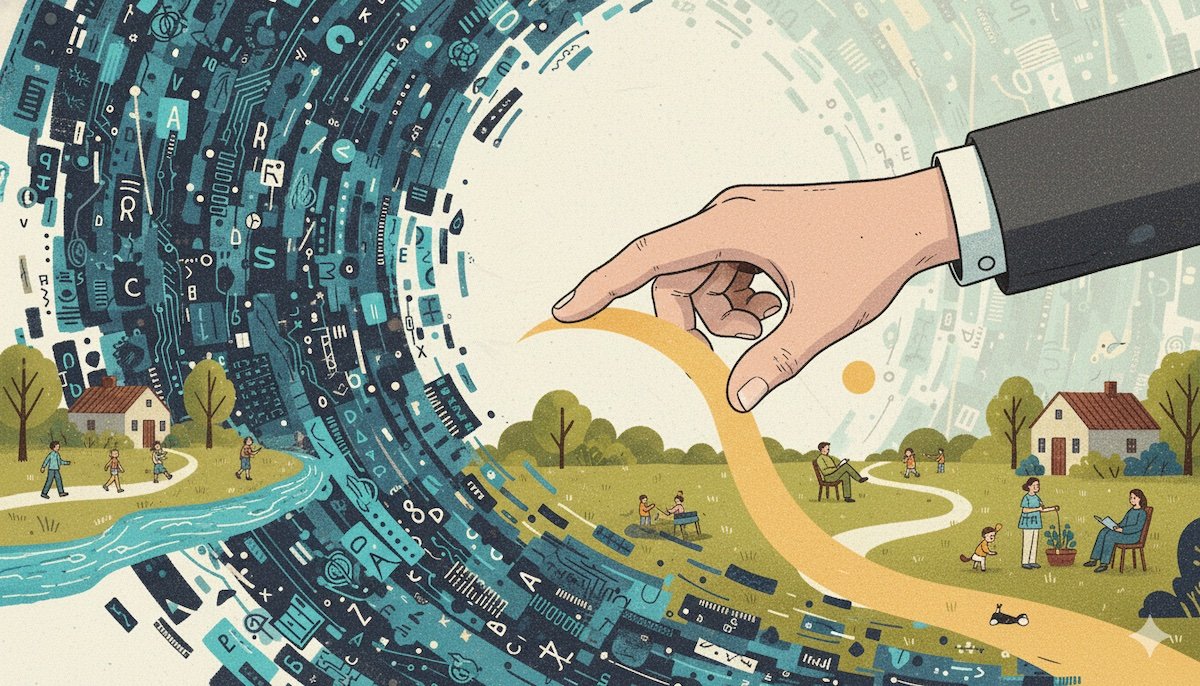Although the modern internet promises unlimited knowledge, most people feel more overwhelmed and anxious than empowered. We live inside a constant stream of recommendations, alerts, ads, search results, trending topics, and half-truths disguised as information. Search engines decide what we see. Algorithms infer what we want. AI anticipates our next move before we’ve even made the current one. Yet, somewhere inside that noise, we’re still expected to find clarity.
The mission behind How I Search begins with a simple idea that searching should feel human again, not frantic, distorted, or shaped by invisible incentives. And not dependent on platforms that profit from confusion.
At its core, the site is built to restore trust in the act of finding things. To help people rediscover the calm, deliberate confidence that searching — whether online, at work, or in life — can be a practice of awareness.
That goes beyond browsing techniques or technical shortcuts. It’s about transforming the way we navigate the entire digital landscape so it supports our well-being instead of depleting it. The same principles that help us make sense of information can also help us understand ourselves, our habits, and the way we navigate the world.
The Bridge: Applying Technical Clarity to Daily Life
The table below illustrates how the “How I Search” mindset serves as a bridge, connecting digital literacy with emotional stability, financial strength, career resilience, and personal truth. Every lifestyle challenge is linked to a search principle: recognizing signal versus noise, detecting bias, verifying claims, following a breadcrumb trail, or simply slowing down long enough to see what’s real.

| Lifestyle Topic | Search Clarity Focus (Technical Bridge) |
|---|---|
| Mental and Emotional Well-being | Finding calm amidst algorithmic noise. The post How I Search for Peace Online: Finding Calm in the Age of Algorithmic Noise reframes information overload as a mental health challenge. Additional wellness perspectives deepen the theme through The Silent Miracle: How Your Gut Whispers to Your Brain and Cultivates Inner Peace and The Ripple Effect of Kindness & Gratitude: Your Secret Weapon to Inner Peace, which connect internal balance to mindful attention. |
| Career Navigation | Securing employment in an AI-dominated market. The article How I Search for Jobs in the Age of AI: Human Job Search Tips To Get You Hired explains how applicant tracking systems filter resumes long before a human reads them. The skills typically used to search online — such as pattern recognition, persistence, and evaluation — become essential tools for navigating a hiring landscape shaped by automation. |
| Financial Security | Countering consumer algorithms to build wealth. When most platforms are designed to stoke impulsive spending, financial clarity becomes a search problem. Here’s How to Stop Living Paycheck to Paycheck and Start Breathing Again shows how awareness of digital triggers helps people reclaim financial breathing room, identify blind spots, and move toward stability. |
| Digital Reputation | Understanding one’s online data trail. In How I Search My Name Online: What Digital Footprints Reveal, self-searching becomes a form of self-knowledge. The same evaluation skills used to judge sources can also be applied to assessing our online presence, as employers, collaborators, communities, or anyone who searches for us perceives it. |
| Trust and Bias | Verifying information in a skewed environment. The article How I Search for Truth When Everything Feels Biased offers a grounded framework for navigating manipulated narratives, polarized claims, and distorted incentives. Truth becomes a practice — not a destination. |
Why This Matters Now
Search is no longer a technical skill; it’s a strategic one. It is a life skill, one that quietly shapes our beliefs, behaviors, spending habits, opportunities, and well-being. The moment we understand how algorithms influence our choices, we begin to take back control over those choices.
Your newsfeed affects your mood.
Your digital footprint affects your reputation.
Your trending products affect your finances.
Your recommended content affects your worldview.
Your job search is filtered before anyone ever sees it.
When we learn how to search with clarity, we know how to think with clarity, how to pause before reacting, how to verify before trusting, and how to choose instead of being nudged in directions we don’t necessarily want to travel.
A Closing Reflection
How I Search is not a collection of articles about tools or gadgets. It is a philosophy about moving through a noisy world with intention. It teaches a way of noticing: What is this source trying to make me believe? Why is this page being shown to me? What assumptions am I carrying into this search?
When you strengthen your search habits, you improve your life habits. The same skills that help you cut through bias online can help you cut through confusion in your career. The same strategies that help you filter noise on the internet can help you filter noise in your own mind. The same awareness that keeps you grounded digitally can keep you grounded emotionally, financially, and socially.
Searching with clarity is a form of self-respect. It is a quiet way of refusing to be shaped by noise and choosing to move through the world with eyes open.
If you’ve never looked into how a search engine actually works behind the scenes, Google’s own explanation of how search works provides a clear, accessible starting point.







